A pharmaceutical company announced Thursday that it plans to introduce a significantly lower-cost version of Daraprim, the drug that made headlines last month after jumping from $13.50 per pill to $750.
Imprimis Pharmaceuticals is offering a “customizable compounded formulations” of the two main ingredients in Turing Pharmaceuticals’ Daraprim, which is typically used to treat toxoplasmosis, an infection caused by a parasite. The drug is particularly critical for pregnant women and those infected with immunodeficiency disorders like HIV/AIDS. Their version of the pill will be available for less than a dollar per capsule, according to a press release. A 100-pill bottle will sell for as low at $99, the company said.
“While we respect Turing’s right to charge patients and insurance companies whatever it believes is appropriate, there may be more cost-effective compounded options for medications, such as Daraprim, for patients, physicians, insurance companies and pharmacy benefit managers to consider,” said Mark L. Baum, CEO of Imprimis.
The cheap version of Daraprim is only the beginning, according to the release. The company plans to partner with third party insurers and buyers to implement a new program called Imprimis Cares that will make over 7,800 FDA-approved generic drugs available at an affordable price.
How the Polio Vaccine Trials Relieved a Worried Nation
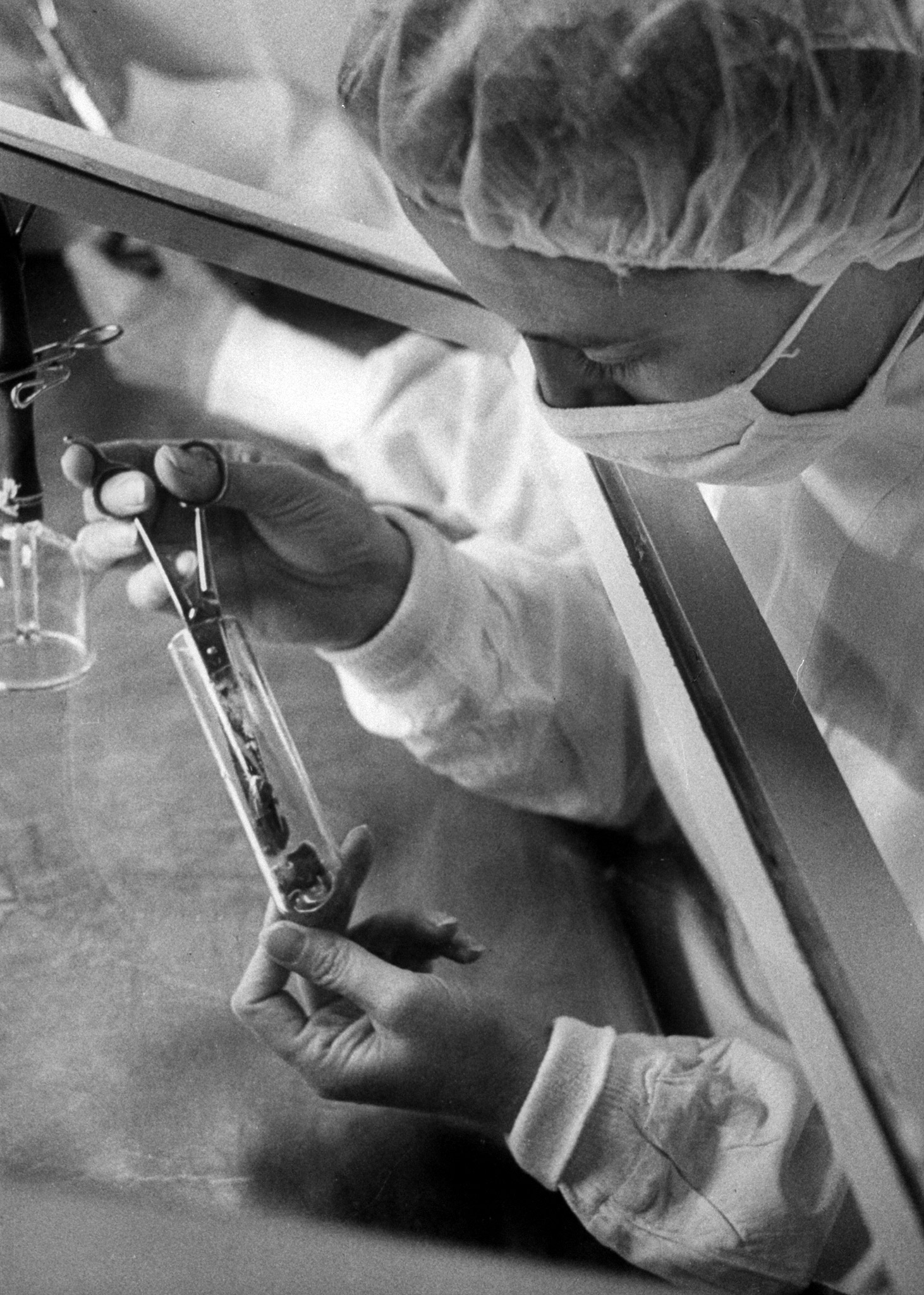


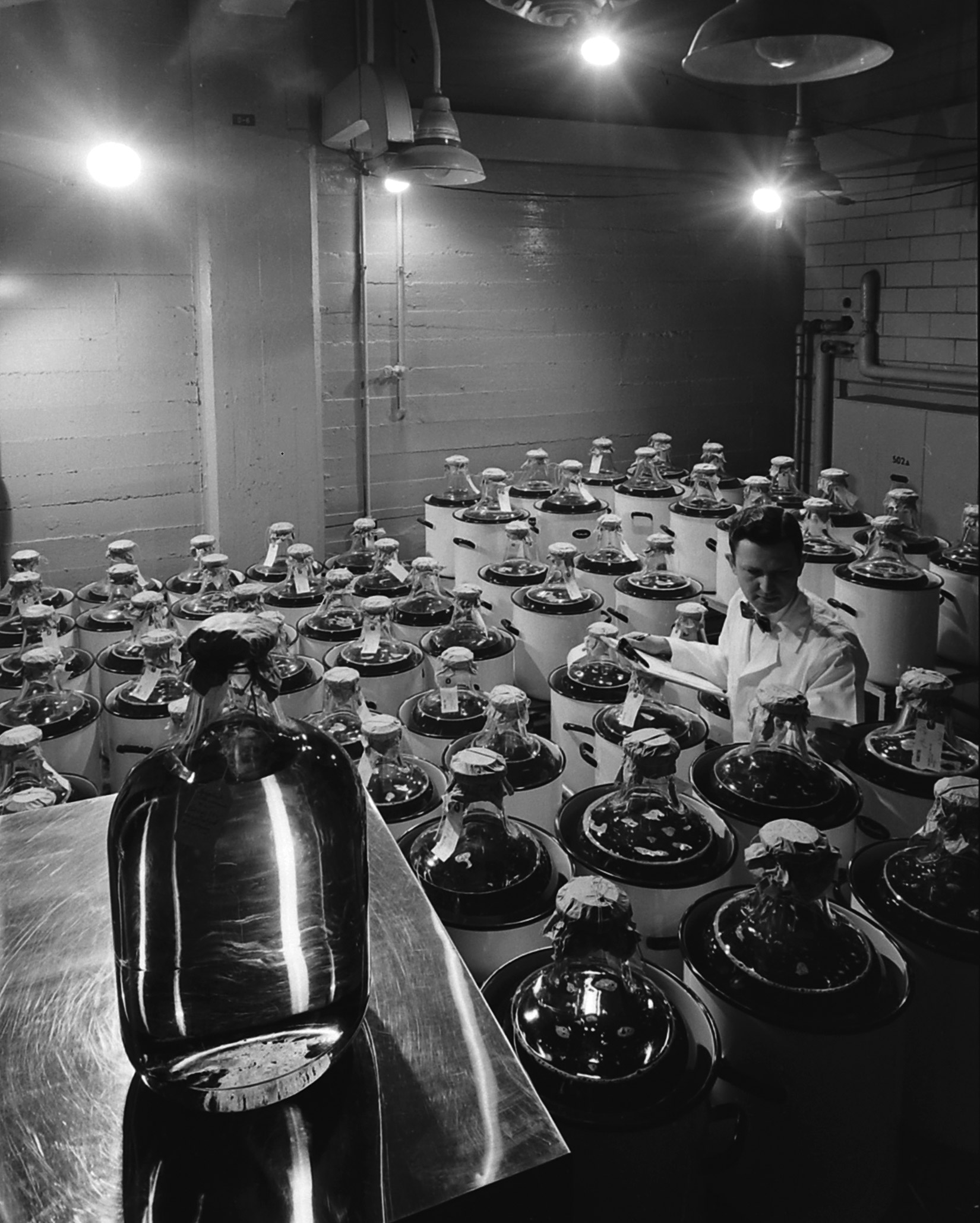

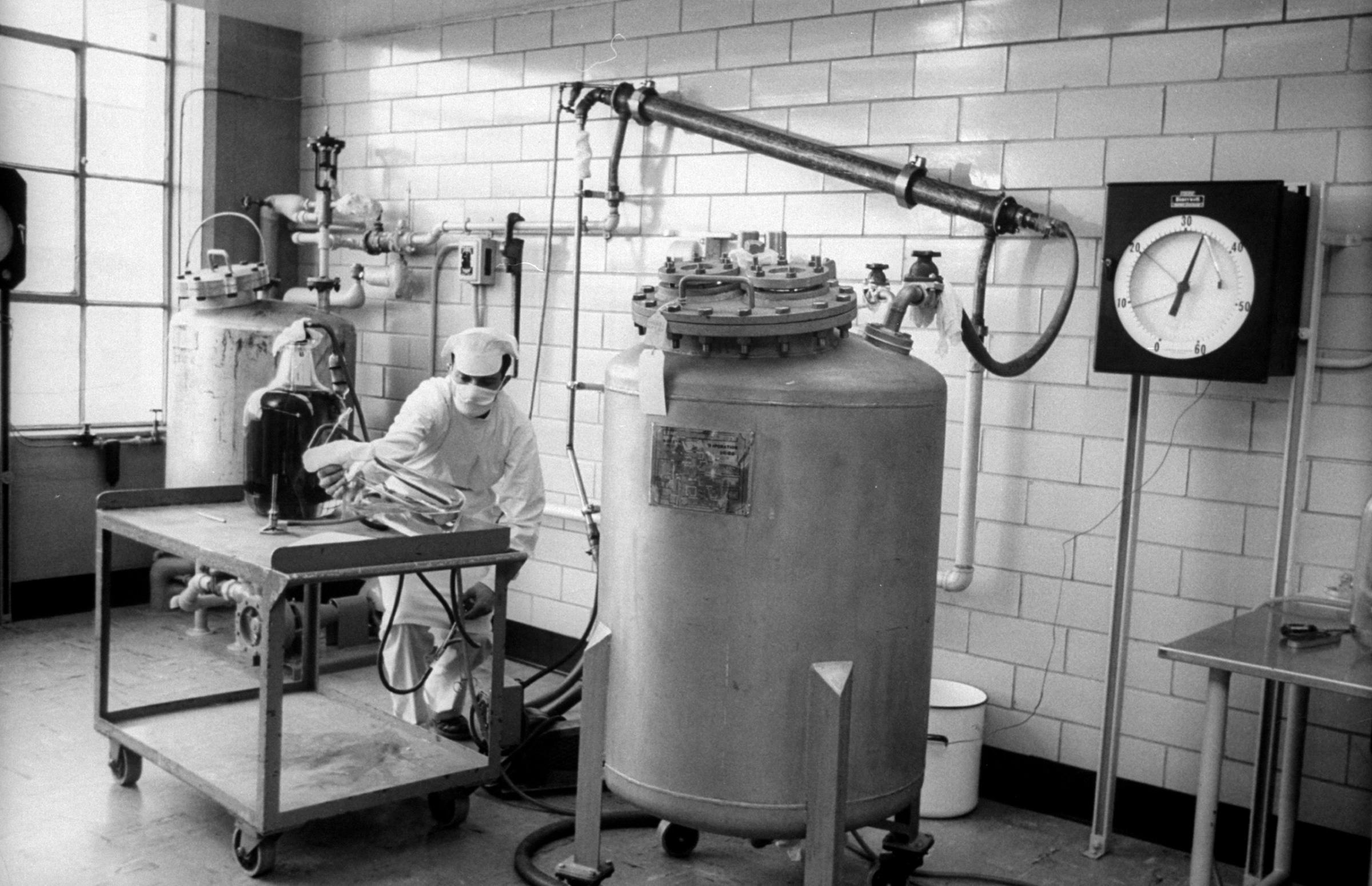
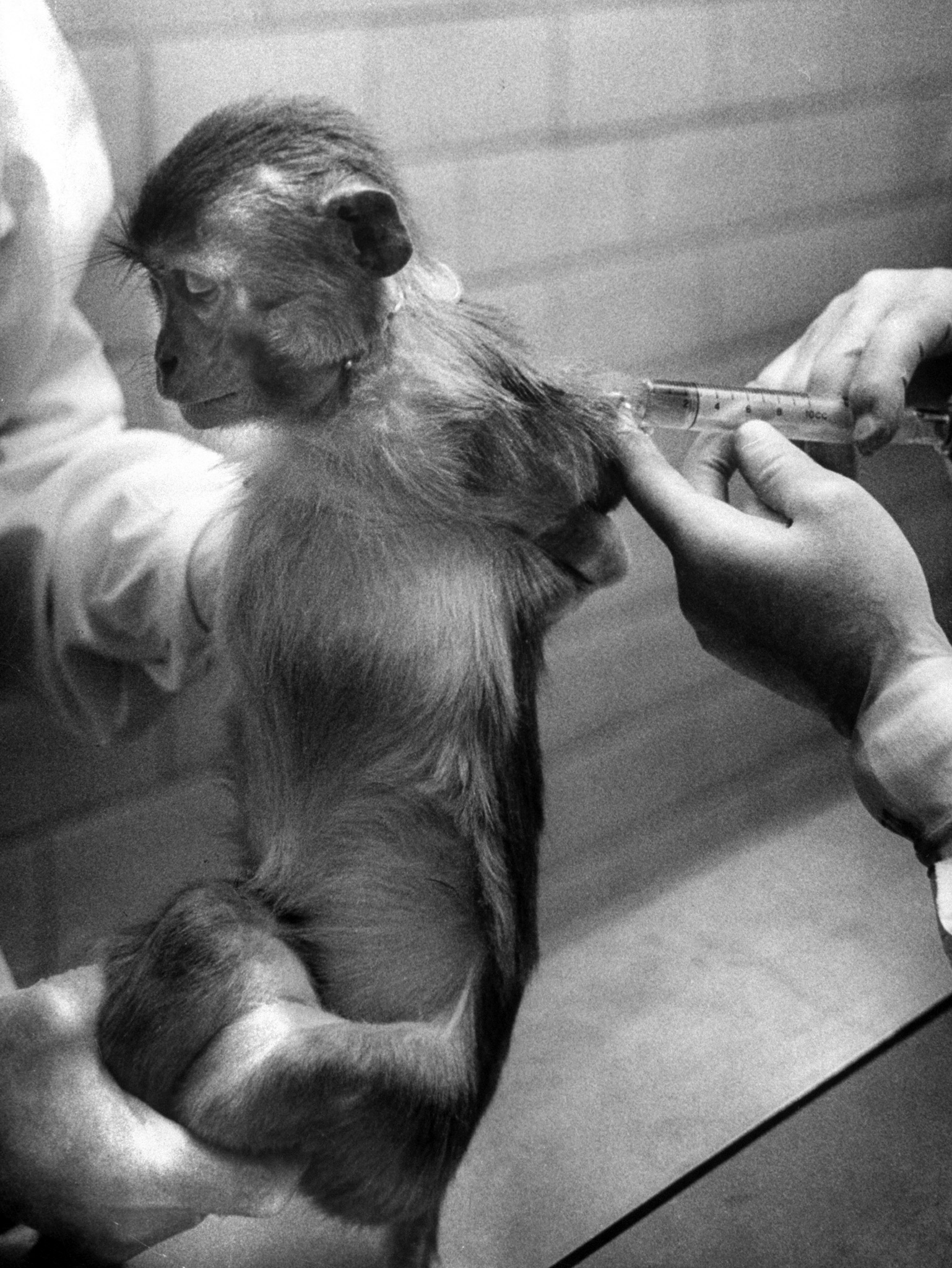
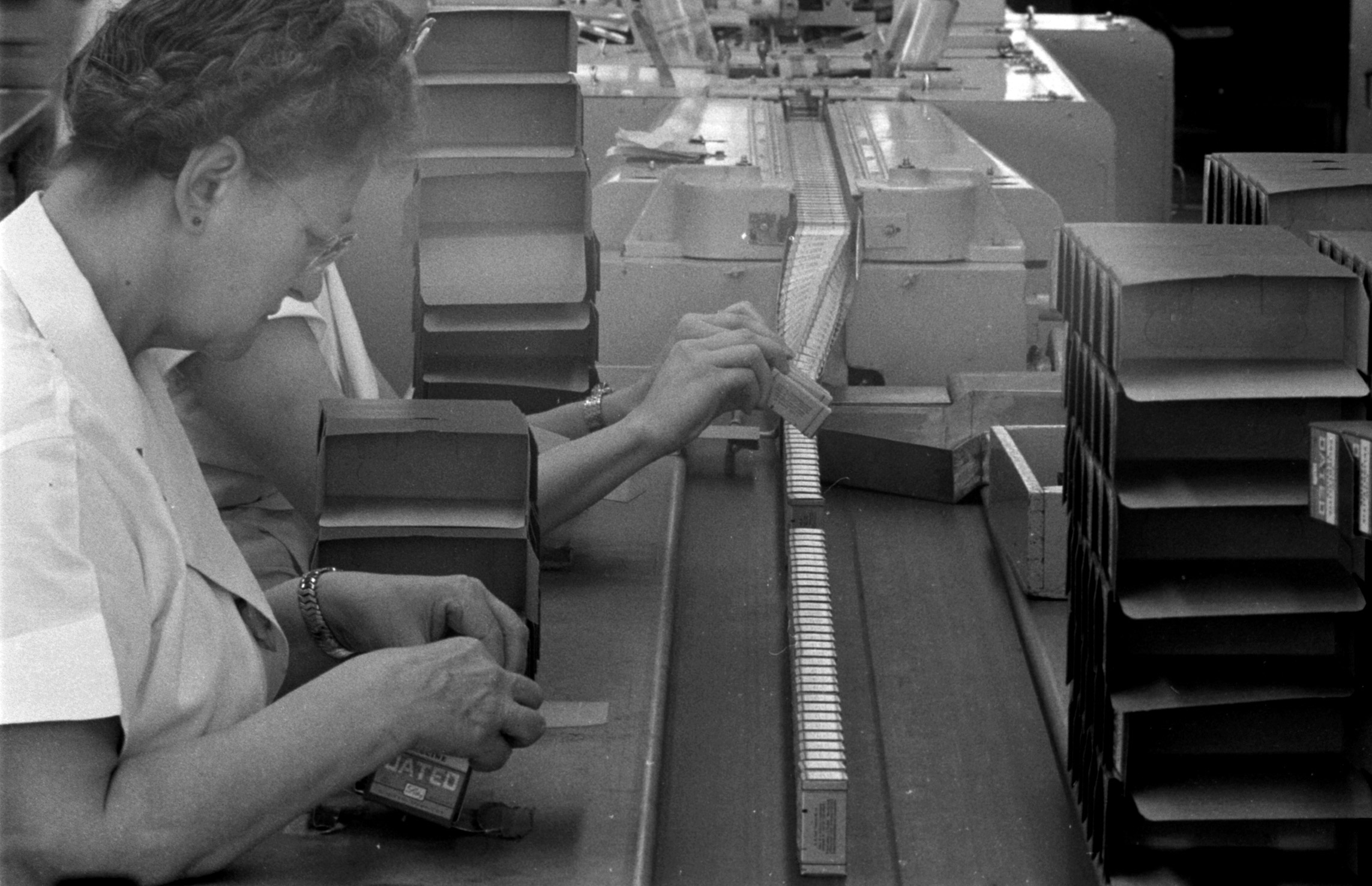
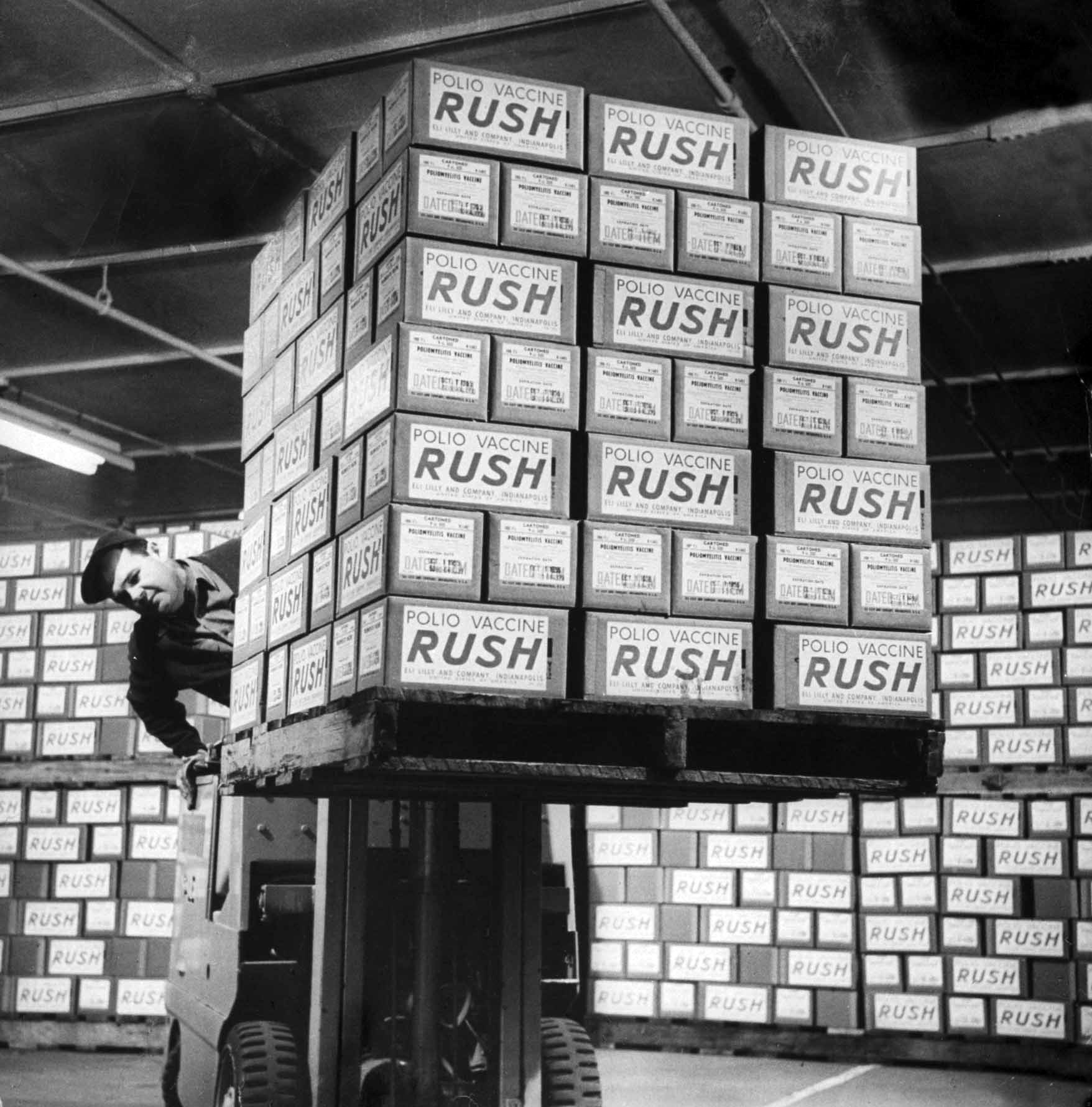
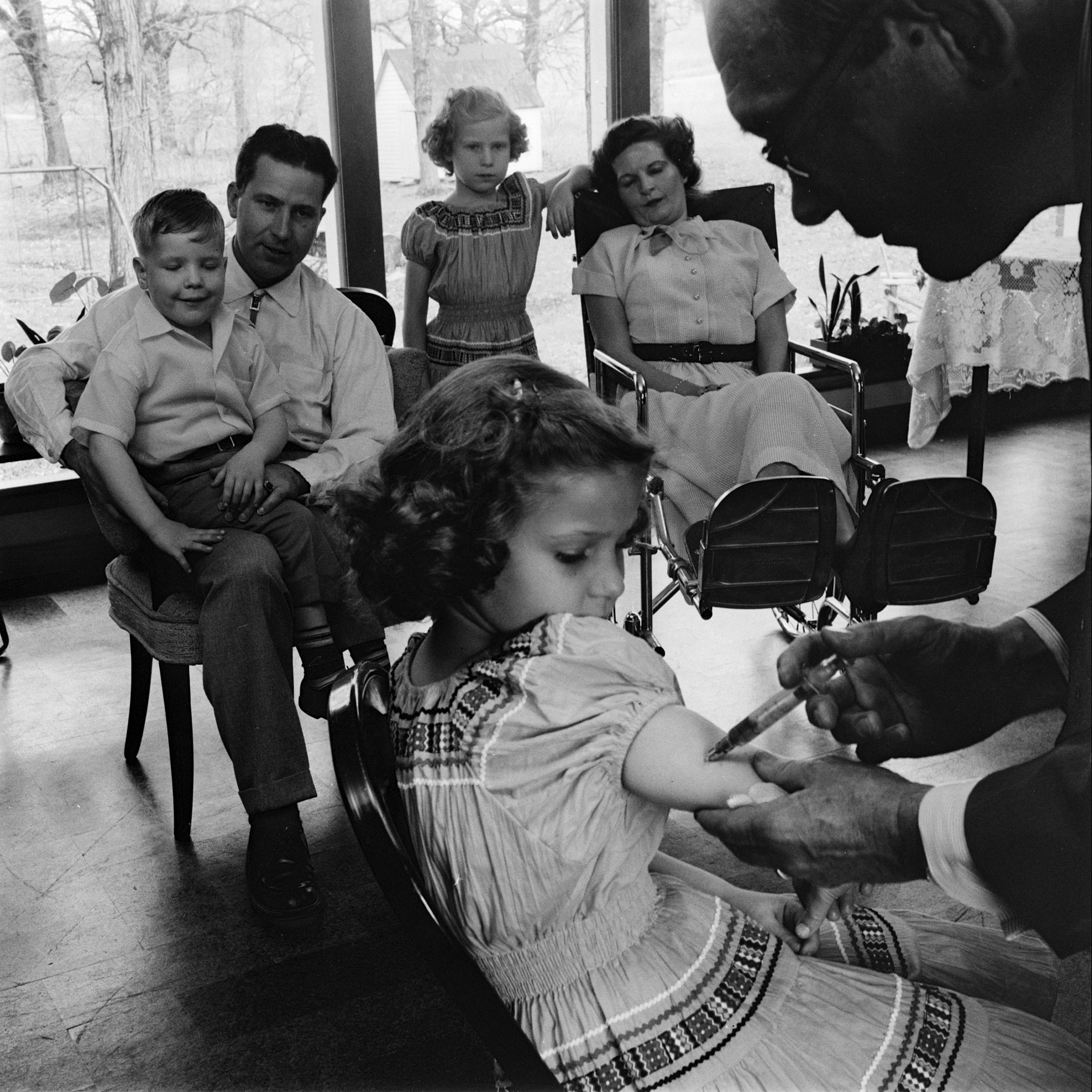
More Must-Reads From TIME
- The 100 Most Influential People of 2024
- The Revolution of Yulia Navalnaya
- 6 Compliments That Land Every Time
- What's the Deal With the Bitcoin Halving?
- If You're Dating Right Now , You're Brave: Column
- The AI That Could Heal a Divided Internet
- Fallout Is a Brilliant Model for the Future of Video Game Adaptations
- Want Weekly Recs on What to Watch, Read, and More? Sign Up for Worth Your Time
Contact us at letters@time.com